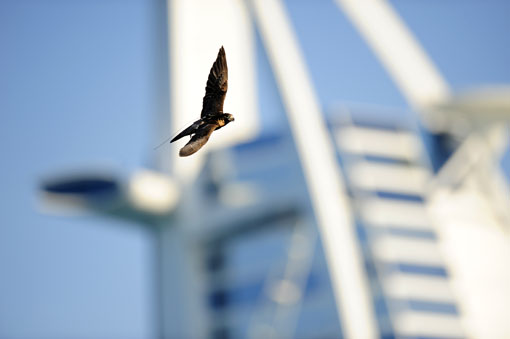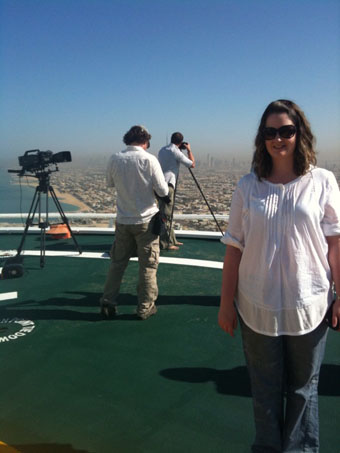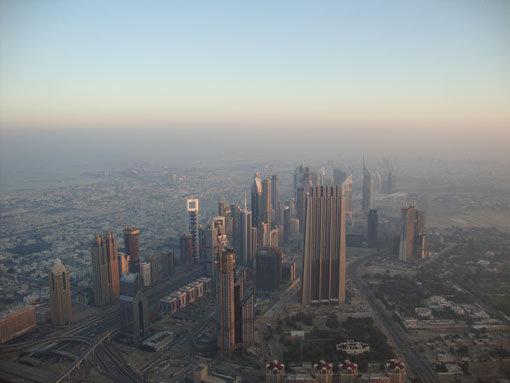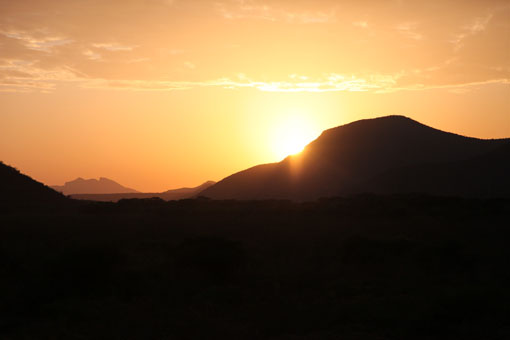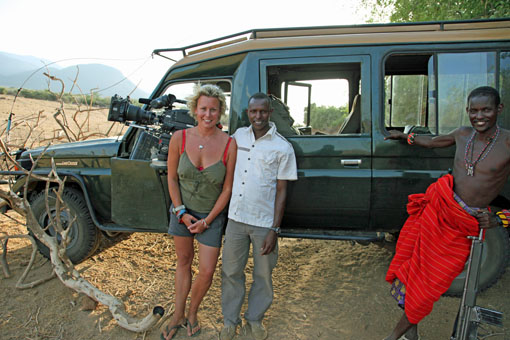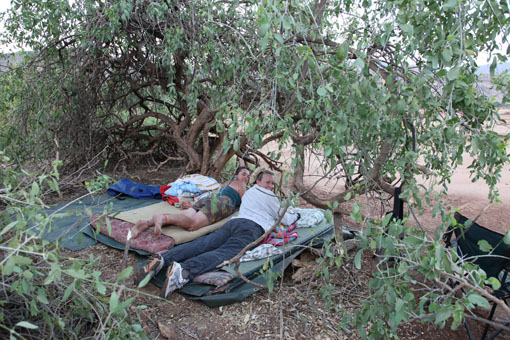PC Heads for the Heights
By Andrea Jones, Production Coordinator, Rivers/Urban Team
The lead up to a shoot can be hectic – especially when one team is heading off to Dubai, another is getting ready for a frozen river trek in the Himalayas with 400kg of kit and another’s filming creepy crawlies in London all in the space of a month! Things normally calm down for myself and the office team once the crew leaves for the airport. We pack them into the van, wish them well and then breathe a sigh of relief as we watch them drive off into the sunset. Apart from the regular check in calls, we don’t hear much from them until they get back. This time was different - after 18 months sending my team all over the world, I found myself in the van with crew and kit, on the way to Heathrow on my first Human Planet shoot. Mark Flowers (director), the crew and I were heading for Dubai to film the story of a falconer for our Urban episode.
I couldn’t believe how easy they made it seem to get 18 cases of camera kit onto the plane, then off again at the other end - not to mention clearing customs with it. I think I’ve got a tough time when I travel back home to Oz with 2 cases. The funny thing is, 18 cases is nothing compared to the 40 we sometimes travel with! The ability to steer two to three airport trolleys at a time should be a pre-requisite for anyone going on location - it’s quite a skill. With all the kit safely at the hotel, our thoughts turned to the fun yet frightening part – the filming! We spent the next eight days with falconer David Stead and his amazing falcons at two of Dubai’s five star hotels. To get the full story you will need to watch the series.
Early on in the shoot, we were given permission to film from the helipad of the Burj Al Arab hotel – perched onto the front of the building over 200m up! As we walked up the red carpet and onto the helipad, we realised what a privilege it was to be able to film from such a great vantage point, where you could see the ever changing skyline of Dubai’s business district in all its glory – it’s lucky none of us were afraid of heights!
Speaking of heights, we were also lucky enough to travel to the 124th floor observation deck of the recently opened Burj Khalifa, the world’s tallest building. Being up that high gave us a different perspective of the city, and a perfect spot to film the sun rising over the desert. Looking at it now, it’s hard to believe that just 31 years ago Dubai’s business district had only one skyscraper, the World Trade Centre.
The most challenging day of the trip for me was the Aerial filming day, where I was on the ground coordinating David and his birds, while my producer Mark and our Cineflex (Aerial) cameraman Simon were up in the helicopter. We had arranged for David and his falcons to be on the roof of the hotel ready for filming at 7:45am, so you can imagine my surprise when I heard the unmistakable buzzing of the chopper flying over just before 7:30! Luckily they were just getting a feel for the location, but I must admit I got a little worried, as we were on the ground at the time with one lift, 6 flights of stairs and a 10 foot ladder standing between us and the rooftop! As the production coordinator I look after the budgets and know the considerable investment needed to commission a Cineflex aerial shoot. I certainly didn’t want to be the one to jeopardise it – luckily our characters, human and animal, we were ready on time and all went to plan, David and his falcons did a fantastic job and we ended up with some extremely exciting footage.
It was great to get out on location and get a taste for some of the challenges the team has to deal with every time they go away. We were lucky , working in a fully functioning stunning city with a great subject in David and his birds, coupled with our talented crew. The alchemy that is television production all came together and we left with another stunning sequence for the series.
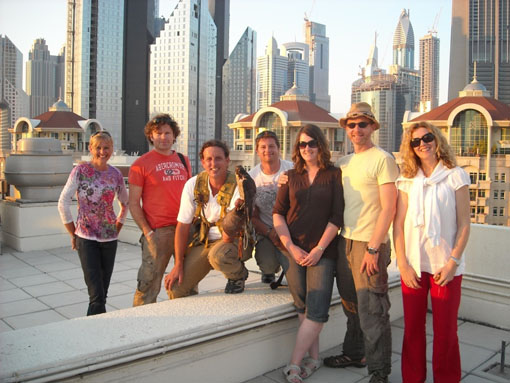
- The Crew (L-R) – Nicola Ohlenforst (David’s business partner), Kieran Doherty (Photographer), David Stead (Falconer), Mark MacEwen (Cameraman), Andrea Jones (PC), Mark Flowers (Producer/Director) and Julia Wheeler (Fixer)
The eight days on location went by so quickly, and before I knew it we were on our way back home. So for now it’s back in the office for me, where we are getting ready for another shoot, this time to Ottawa. Hopefully there’s another adventure in the not too distant future, but for now it’s back to budgets…
Elephants by starlight
by Renee Godfrey, Researcher, Rivers/Urban team
As an anthropologist, most of my television work has been with remote indigenous communities rather than filming with or looking at wildlife. This is where the Human Planet series has stretched my experiences hugely. When I found out about the Samburu story and their relationship with elephants, it seemed a dream come true– the Samburu, one of Kenya’s most traditional and colourful tribal groups; and elephants –one of the world’s most majestic and beautiful animals.
The Human Planet team often find ourselves wide eyed while filming on location, but the Samburu shoot in one of the least accessible parts of an inaccessible region in northern Kenya was an assault on all the senses. We had the usual logistical fun and games of getting a crew and kit to a remote corner of the world and setting up camp but this shoot also presented new challenges. The elephants in the area are at their most active in the riverbed at night time – so, without waving spotlights around like an intimidating laser show, how do we film them in the dark? The answer was an image intensifier camera, a sky brimming with stars, and the light of a full heavy moon. Problem one solved.
The Samburu District covers just over 20,000 square kms. There are no real roads, just miles of raw, unexplored Africa. Transport is by foot, camel or, where sandy soils allow and you can get enough fuel, 4X4. It is Samburu tribal land, no fences, no private game reserves, few if any tourists - man and beast are wonderfully free to roam wherever and whenever they wish.
Thankfully we had the help of the Milgis Trust and their local scouts who sustain and protect the wildlife in the area. Out on foot patrol on the silver sand of the Milgis River bed, the scouts track elephants - reading the landscape for a snapped twig or fresh dung which give clues to when elephants have passed and where they might be headed next. Using these skills, the Milgis scouts are able to map out with amazing precision where we will get our best chances of being in the right spot at the right time to film the elephants.
As soon as the sun sets, hush is enforced. Sitting for eight hours in a hide under the cover of moonlit acacia branches has to be a still and quiet time. Any break in the silence, any sudden movement and the elephants you hope and pray are heading your way, may hear and run, for fear there might be men with guns as opposed to men with camera lenses.
So we sit and wait downwind in our hide, in the black of the night, listening for breaking branches as elephants walk through the bush or the padding of big feet on sand. The riverbed below is an opera stage and we sit above in the Gods, waiting for the performance to begin. The moon aches with light as it casts shadows that play tricks on your eyes. Suddenly and silently, from nowhere, a herd of 18 elephants arrive on stage; babies, mothers, brothers all dance under the moonlight. White faces and whiter teeth smile, and we try to breathe and blink as quietly as we can. Mark Deeble, the cameraman, changes lenses on the camera as if carrying out a Tai Chi routine – every move thought through and with slow, silent grace so as to keep the elephants unaware of our existence.
The elephants move underneath us, babies playing with each other and running around gangly legged and trunked, trying to copy the behaviour of their elegant peers. We are captivated, camera rolling. Trunks touch trunks and tusks gleam brilliantly, irridescent under Nature’s spotlight, until the sound of a distant trumpeting call from deep within the bush breaks the silence and lifts every hair on my body. Another herd are on their way – tonight’s performance is far from coming to an end.
Unexpectedly the evening breeze drops and a light wind blows from our hide down into the riverbed. Within seconds, the herd of elephants below us run off in total silence, back into the acacias. The wind picks up and we realise our human scent will now be drifting up the riverbed and the wise elephants will be heading far away from us. Exhausted but invigorated by what we have just witnessed, it’s time for bed on our mattresses under the blanket of stars. If the wind changes they could come back - this time the elephants would be the ones aware of our existence… while we dream and snore the rest of the night away.
For beautiful pictures of elephants by night, you’ll have to watch the programme!The Great American Road Trip
by Ciaran Flannery, Assistant Producer, Urban/Rivers team
Austin
As one of two Americans working on Human Planet, I was immediately suspicious when I was told I had two shoots to direct in the USA. This could be a good way of getting rid of me I thought, merely steal my Irish passport and I’m stuck back home. Fortunately my Human Planet colleagues are far too scrupulous to think up such a nefarious scheme, so I set out for Austin, Texas at the end of August to film the world’s largest urban bat colony for the “Urban” programme.
Austin prides itself on being weird and funky, and my mission was to capture that as well as the spectacular emergence of the bat colony from under the Congress St Bridge. Days were spent lining up shoots and nights were spent capturing the flavour of the city – particularly the self-given moniker “Live Music Capital of the World.”
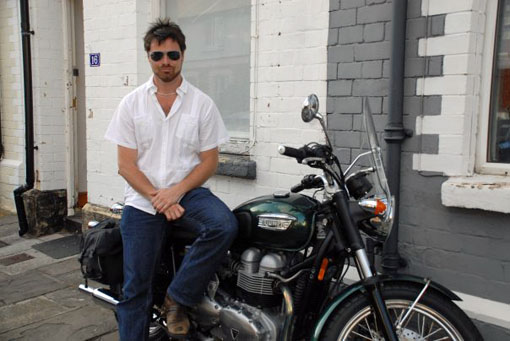
Here I am, preparing for a long road trip
I arranged to see one of my country music heroes – Billy Joe Shaver, who was playing a show at a beer garden. I was in rock and roll cowboy heaven. The morning of the show, I pulled back the blinds of my hotel room and looked out on a biblical deluge. The epic Austin drought had ended, and now the city was filled with buckets of rain. Billy Joe couldn’t even make it down from Waco for the show. And worse, the bats now wouldn’t need to come out early. Monsoon rain poured for the next three days – which is what we needed in India a month earlier on another shoot…
Estes Park
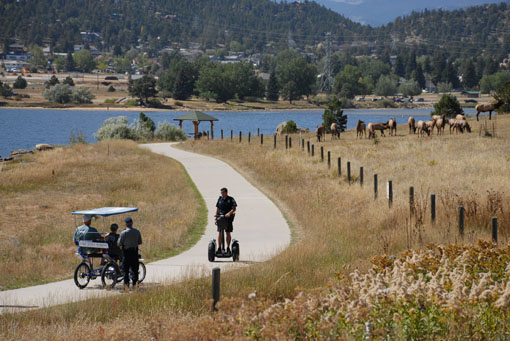
Policeman on a scooter in Estes Park
Off to Colorado to film elk in Estes Park. Because Estes is just outside Rocky Mountain National Park, the town gets thronged with tourists, especially on the weekends. And tourists love to ask what you are doing, especially right when you are filming. This routine had endless variations, but my favourite was when a heavy set gentleman in a cowboy hat clambered out of his Texas-plated pickup and stopped to stare at us. My cameraman and I were carrying the HD camera and tripod to set up and film elk interrupting a golf game. “Where y’all from? The radio station?” he asked.
Detroit
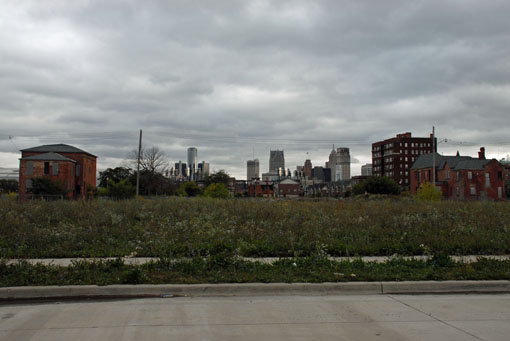
The Detroit City skyline today
The shoots now over, I sent the kit and footage back to the UK with my cameraman and headed off to recce Detroit. I had read about Detroit and seen photos of its urban decay, but nothing prepared me for the devastation of the city. Thousands of acres of the city are abandoned. You can drive for blocks without seeing a building. And then the buildings you do see are burned out shells. 19th century timber baron mansions have forests growing out of them.
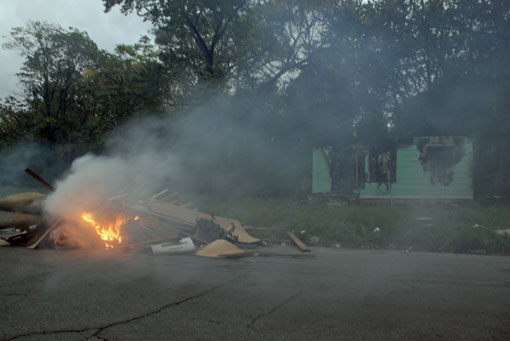
Trash burning in Detroit
The city was once the world’s wealthiest and now classic art deco masterpieces lie empty. The factories of Motown and the Arsenal of Democracy during WWII are silent, save for the sounds of scavenging brick farmers – people who pull the bricks from the walls to sell at salvage yards. In some neighbourhoods there are now more pheasant than people - an apt example for our “Urban” programme, showing how quickly nature colonises abandoned cities. I’ve been to slums all over the world. I’ve filmed in the Lower 9th in New Orleans after Katrina. And the only place I’ve ever been that compares to Detroit is Kabul.
Ottawa
My last stop on the never-ending North American road trip was for the “Rivers” programme and hit close to home. I was born in Canada (yes, it gets confusing – American and Canadian with an Irish passport), and just before spring in the Canadian capital of Ottawa they blow up the ice on the river, and set a frozen waterfall free. As a boy, I was warned to stay away from the Rideau River, which flowed just behind my house – don’t go near the ice when spring blasting season happens. Here I was, almost 30 years later, recceing my old neighborhood. As I walked around the neighborhood I stopped by my old house, where I used to skate after school, where my dad taught me to play baseball, where I knocked the wind out of me jumping my bike, and where I used to throw crabapples at buses. It was a sweet ending to a long road trip.
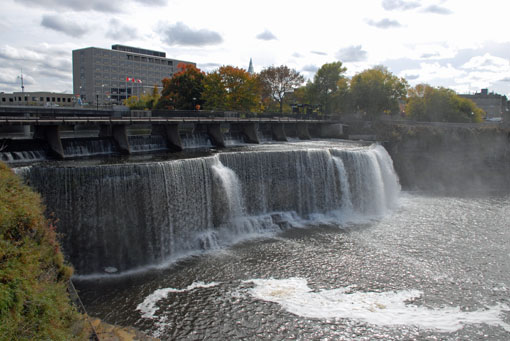
Rideau Falls, Ottawa
Cardiff Coda
Finally, it was time to fly back to the UK. Completely exhausted, I landed at Heathrow and was shuttled back to Cardiff. All the way I was dreaming about the joys of climbing into my bed and sleeping comfortably before rejoining the office rat race. As I let myself into my flat, a neighbour came up to me. “Are you Ciaran?” “Yes”. “Well I have a strange story for you. While you were gone my cat got into your house for 5 days – I got him out, but I don’t know what kind of mess he made.” The cat hadn’t made much of a mess, but he did choose a choice spot – smack in the middle of my mattress. Ahh! the relationship between man and nature in the Urban environment indeed – no rest for the weary!
Mudbogging in the Amazon
by Ciaran Flannery, Assistant Producer, Rivers/Urban Team
Before we film Human Planet sequences sometimes we get to recce the stories first. These often are more fun and entertaining than a shoot because it’s just you and the locals without the pressures of filmmaking. One of the episodes I work on is the Rivers programme and no Rivers programme could be complete without a sequence on the mightiest river of all: the Amazon.
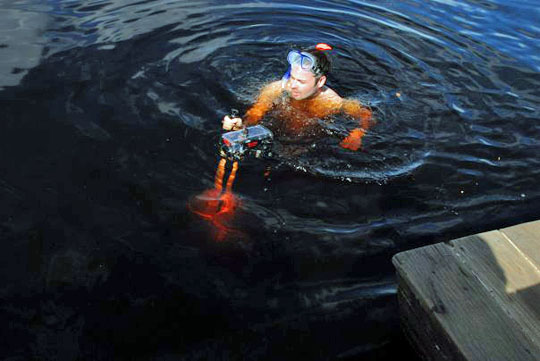
Waiting for the dolphins to find me!
Recently I spent a few weeks in the Amazon researching stories about river dolphins. The Amazon is one of those places that is so immense and overwhelming that film alone cannot do it justice. The sheer volume of water must be seen to be believed. And one of the most intriguing creatures that inhabit these waters is the rare and usually secretive Amazonian river dolphin.
For the first couple of days I was travelling to spots a few hours outside of Manaus to test the visibility of the Rio Negro for filming underwater dolphin shots. I readied my snorkel and fins and slid into the water with my camera and housing, I soon discovered that you can’t see more than 2 metres. I knew the dolphins in this area were human habituated but you can imagine my surprise and slight shock when almost immediately a pink proboscis rose between my legs. Up close and extremely personal! The dolphins are used to getting fish handouts from the locals but were obviously extremely excited by the arrival of an underwater camera kit.
The following day the local guide and I set out to check out another dolphin location some 300 km away. Many hours down the track and about 40 km from our destination the Trans-Amazonian highway turned to a sea of mud. I then discover that our driver had never used a locking hub 4×4 system before. I was brought up in the American Deep South where I used to race and slide cars thorough mudded out parking lots (Dukes of Hazzard fashion!). Later I moved out west and was the proud owner of a hot purple 4×4 pickup which needed H4 traction in the deep sands of the Gulf of California and the deep snows of the Rockies.
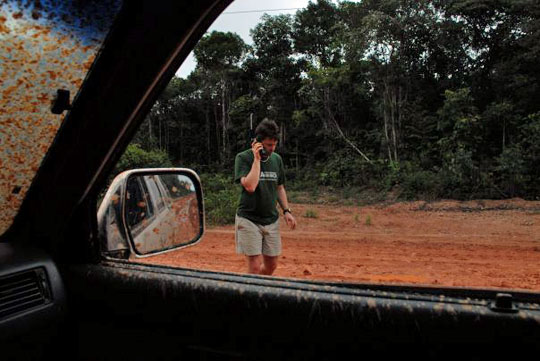
Stuck in the mud
For the first time ever my misspent youth suddenly became less misspent! I was able to instruct the macho Brazilians about the fine art of shimmying a truck forward. We managed another 5km but the mighty muds of the flooded Amazon proved to be more than our match and we were forced to turn back – 18 hours of driving and we only had 30 km to go! But at least I got to show the locals how a good ol’ boy from Georgia mudbogs.
Exhausted but safe back at the hotel the next day I got an instant message from a colleague stranded on a shoot in the middle of a blizzard in the Arctic. That’s too bad! I thought – might as well have another caipirinha at the hotel pool as I type my notes…
Welcome to Human Planet
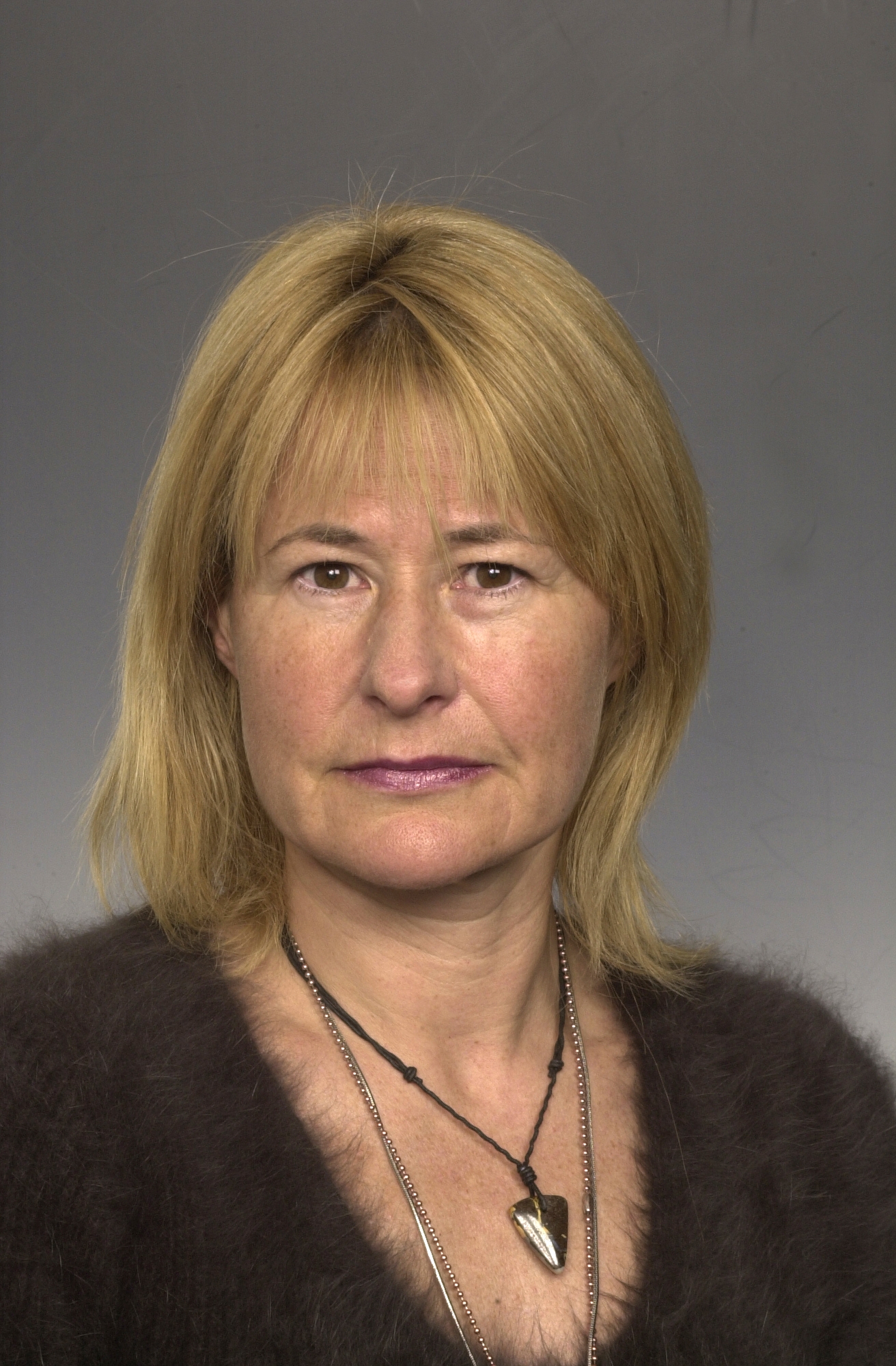
Dale Templar, Series Producer
by Dale Templar, Series Producer
So what is Human Planet? Human Planet is a new 8×50 minute landmark documentary series being made by BBC Television. The series celebrates the human species and looks at our relationship with the natural world by showing the remarkable ways we have adapted to life in every environment on earth. It is due to be transmitted in the UK in the New Year 2011 and will be rolled out across the world soon after.
The production team is split across two sites, one in Bristol and one in Cardiff.
In BBC Bristol we are part of the world renowned Natural History Unit. You may have heard of us, but if not, you’ve probably watched some of our programmes. Many have been presented or narrated by Sir David Attenborough, like Planet Earth and Blue Planet. Most recently we’ve just finished Nature’s Great Events which our own executive producer, Brian Leith, worked on.
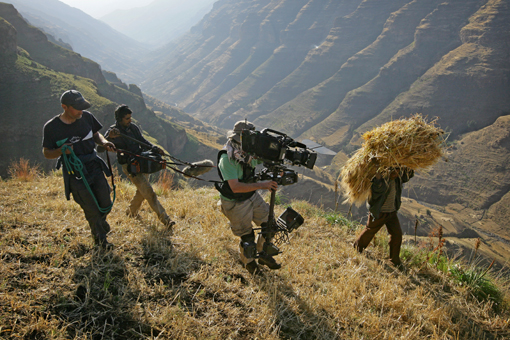
BBC Human Planet : Simien Mountains
BBC Wales, based in Cardiff, are probably best known in the UK right now for producing high end popular dramas like Doctor Who. Torchwood, another sci-fi doc that comes out of Cardiff, is also an HD production and Human Planet will be using the same excellent post-production facilities. The factual department is best known for its ground-breaking anthropology documentary series Tribe.
In total we have a core team of 20 phenomenally talented programme makers, who come with a wide range of skills and experiences. Working with us are some of the best wildlife and documentary camera crews and fixers in the world. For the first time we have a dedicated stills photographer, Timothy Allen, who will be posting his own Human Planet blog every week at http://timothyallen.blogs.bbcearth.com/
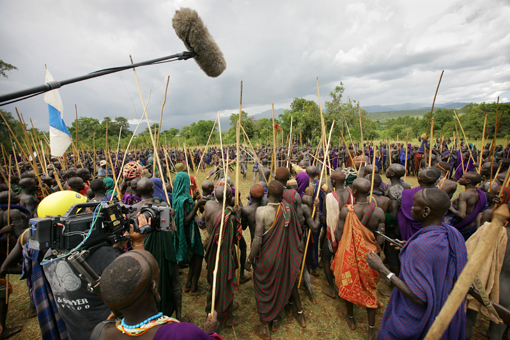
BBC Human Planet : Suri stick fight
The series started in full production in the summer of 2008 and we will be shooting over 70 stories in some of the most remote locations on earth in around 40 different countries.
Each episode will focus on one single environment: desert, jungles, arctic, grasslands, rivers, mountains, oceans and urban. Many of the stories are extremely dramatic and will show how we have successfully adapted and survived in the most challenging places on the planet.
As from next week each member of the team will be blogging their stories from the Human Planet. I will keep you updated on where everyone is and give you general news about the series.
Currently, we have teams that have just come back from the remote southern region of Mongolia, filming for the desert episode. On location are the Jungles and Mountains team who are in the Central African Republic and Nepal. I’ll let you work out which team is where!
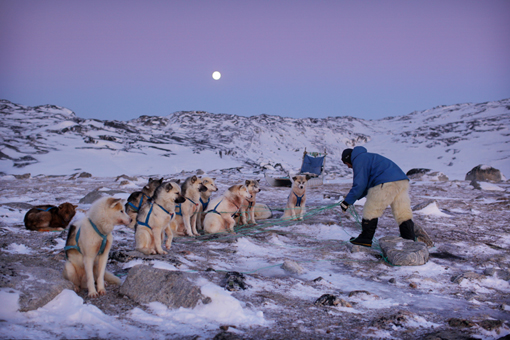
BBC Human Planet : Arctic Dawn
That’s it for now …enjoy the photos and the sneak preview from the series. See the link if you’d like to read what Timothy Allen’s been up to and don’t forget to explore the new BBC Earth site too. Look out for the regular Friday posting from the Human Planet team, with fascinating stories and tales from both our many locations and from the office.
